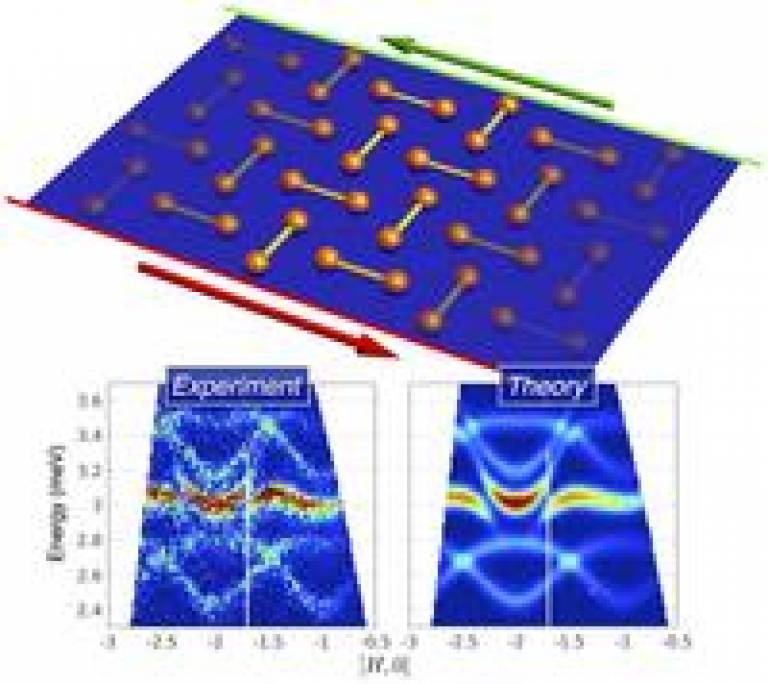[Research] Surfing water molecules could hold the key to fast and controllable water transport
27 October 2015
A radical new mechanism for the motion of adsorbates across the surfaces of layered materials has emerged from computer simulations of water nanodroplets on graphene.
 The simulations reveal that the adsorbates "surf" across the surface
whilst being carried by the moving ripples of graphene.
The simulations reveal that the adsorbates "surf" across the surface
whilst being carried by the moving ripples of graphene.
The study, published in Nature Materials, demonstrate that because the adsorbates were swept along by the movement of strong ripples in the carbon fabric of graphene, they could move at an exceedingly fast rate, at least an order of magnitude faster than previously expected.
Furthermore, the researchers found that by altering the size of the ripples, and the type of molecules on the surface, the fast and controlled motion of adsorbates on layered materials in general could be achieved, opening up a range of possibilities for industrial applications such as improved sensors and filters.
Professor Angelos Michaelides, from the Thomas Young Centre and London Centre for Nanotechnology, UCL, lead researcher of the study, explained "Atoms and molecules usually move across materials by hopping from one point on their surface to the next. However, through computer simulations we have uncovered an interesting new diffusion mechanism for motion across graphene that is inherently different from the usual random movements suggested previously."
The motion of atoms and molecules across the surface of materials is of critical importance to an endless list of phenomena, such as the diffusion of molecules across the surface of catalysts, crystal growth or filtration. Of particular technological relevance, and attracting the most attention at present, is the study of water on graphene, mainly because it is rapidly emerging that water in contact with it has properties as exceptional and potentially transformative as its electronic and mechanical properties.
Although a whole array of experimental techniques have previously been used to investigate the atomic scale details of surface diffusion, they generally have been applied to the surfaces of traditional 3D materials and have supported the notion that diffusion involves a simple random walk on the surface.
Dr Ming Ma, the first author of the paper added, "Our work is the culmination of an extensive and meticulously validated set of simulations which has uncovered an unexpected result that may well be at the root of the promised performance of graphene in filters and sensors."
This work was carried out in collaboration with Dr Gabriele Tocci (formerly at the London Centre for Nanotechnology) and Professor Gabriel Aeppli, co founder of the LCN and now Professor of Physics at ETH Zürich and EPF Lausanne, and head of the Synchrotron and Nanotechnology Department of the Paul Scherrer Institute, Switzerland.
Link to Journal: Fast diffusion of water nanodroplets on graphene. Nature Materials.
 Close
Close

